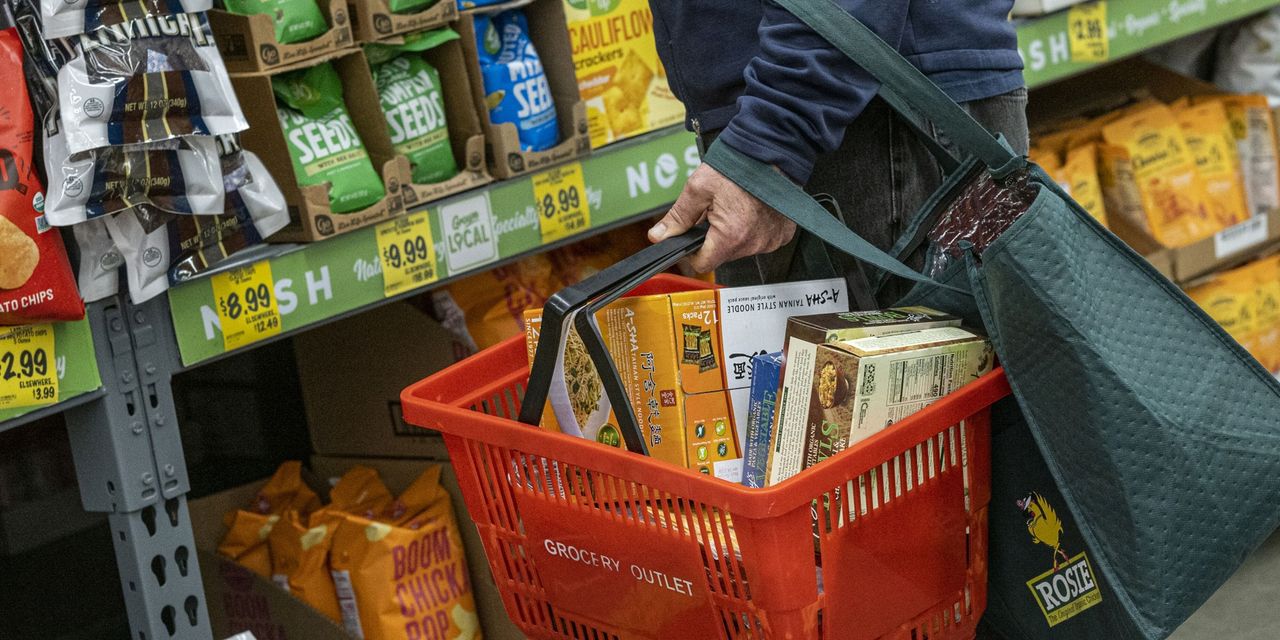The Federal Reserve’s preferred measure of price growth likely slowed significantly in June as inflation continues to fall from its peak. The question now is how long the relief can last.
Economists forecast that the core personal consumption expenditures price index climbed 0.2% in June, consensus expectations from FactSet show, down from 0.3% increase in May. That would bring the annual pace of PCE price growth to a 4.2% rate, down from the 4.6% annual pace notched in May.
The expected slowdown would be largely due to cooling shelter costs and falling prices for used cars, as well as lower-than-expected airfare prices, economists say. Gas prices, which are stripped from the core PCE measure but included in the headline figure, were also down last month: As a result, consensus forecasts show headline PCE slowing to a 3% annual pace in June, down from 3.8% in May.
Cooling price growth will come as welcome news to the Federal Reserve, as it bolsters expectations that disinflation has begun to take hold. But it is too early to say whether the June data will reflect the start of a longer-term trend.
“We just don’t know how much this will persist,” says Diane Swonk, chief economist with KPMG.
Wall Street is hopeful that another month or two of inflation data showing price growth decelerating will prompt the Fed to stop raising interest rates and boost the likelihood that the economy is able to avert a recession. The progress, so far, has been clear: Annualized core PCE inflation of 4.2% would mark the slowest growth rate since September 2021 and a significant step down from the 5.4% peak reached in February 2022.
On the other hand, there is still a long way to go before core inflation falls back to the Fed’s target level of 2%. And economists warn that further progress in the second half of the year could be harder to achieve, especially in the PCE—which the Fed prefers to watch—as compared to the consumer price index.
For one, some of the most significant declines in price growth in the coming months are expected to come from the shelter and used-car categories. Those are major components of the CPI index but get roughly half as much weight in PCE calculations, meaning that PCE numbers could show less of a decline.
“So when those numbers are coming down, the drag on PCE is going to be smaller,” says Veronica Clark, an economist with Citi.
At the same time, core services excluding shelter—a category that represents a bigger share of PCE than CPI—continue to show strength. Medical services in particular are likely to rise this year, while sectors such as recreation services are poised to remain strong. Both will contribute to keep core PCE elevated.
“At least in our forecasts, you can get three or four months where you keep your running monthly core CPI at around 0.2%, and that looks pretty good,” Clark says. “But our core PCE forecasts are actually more like 0.3% every month.”
The Commerce Department will release the PCE data at 8:30 a.m.
Write to Megan Cassella at [email protected]
Read the full article here





